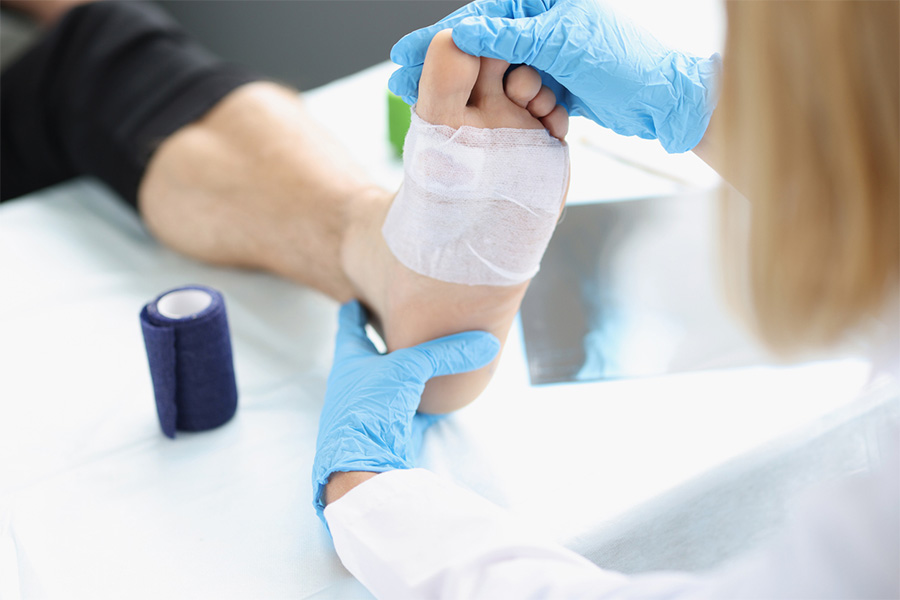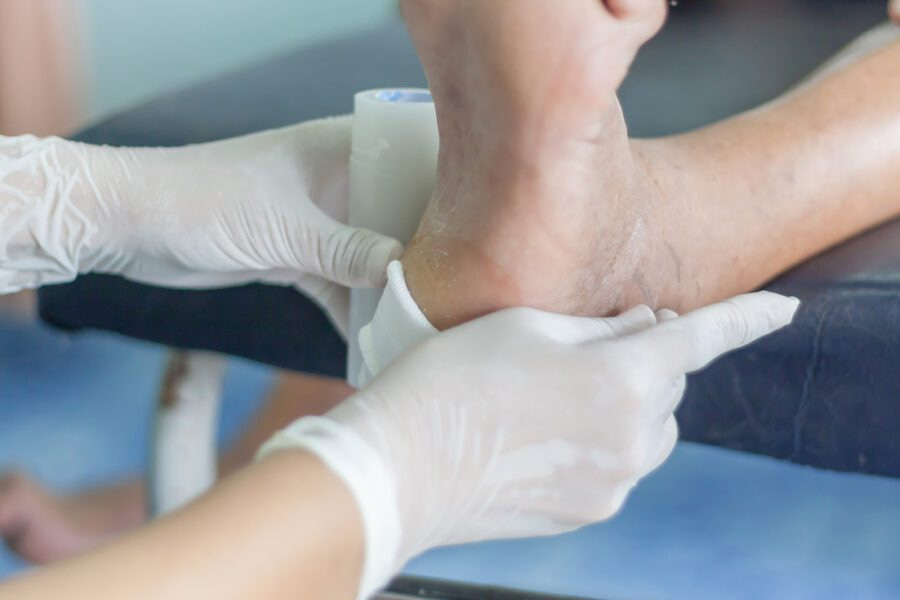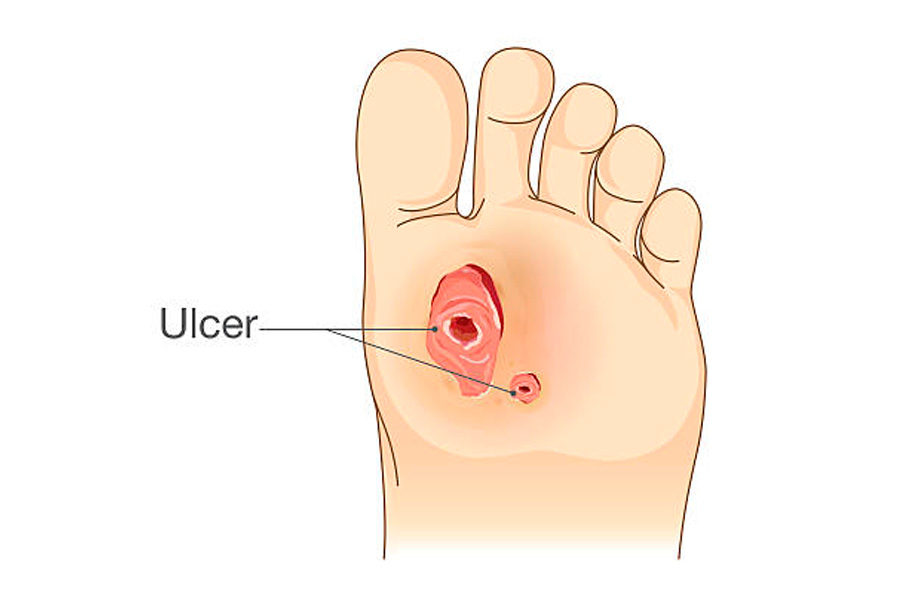Diabetes is a chronic disease that affects the body’s ability to process sugar properly. More than 10 million people in the United States have the condition alone. In general, people with diabetes are more prone to slower healing and increased risk of infection. Certain types of cuts can also further complicate wound recovery, making it even more difficult for diabetics to heal.
Let’s talk about some of the most common types of cuts people with diabetes should watch out for and where you can go for diabetic wound treatment in Cincinnati, OH.
1. Puncture Wounds
Puncture wounds happen when a sharp object, such as a nail or needle, pierces the skin. These types of cuts can be particularly deep and difficult to heal for diabetics. That is because punctures often penetrate through muscle tissue and vital organs.
2. Lacerations
Lacerations occur when a sharp object, such as a knife, cuts the skin. These types of cuts are also difficult to heal for diabetics because they often impact deeper layers of tissue.
Lacerations can also be more susceptible to infection.
3. Avulsions
Avulsions occur when a body part is forcibly detached from the body. This can happen with animal or insect bites and certain types of accidents.
Avulsion wounds are difficult to heal for diabetics because they tend to be large. These wounds also have multiple layers of tissue that need to be repaired.
How to Treat These Cuts
People with diabetes need to take extra care when treating any of these cuts.
Clean the wound thoroughly and apply pressure to stop bleeding. Also, seek medical attention if necessary.
If the wound isn’t healing properly, talk to your doctor about potential treatments that could help speed up the process. These may include the following:
- Taking antibiotics to prevent infection
- Applying ointments or creams to the wound
- Changing the dressing regularly
- Taking special medications
People with diabetes must also monitor their blood sugar levels closely. That’s because high or low glucose levels can impede healing.
If you notice any signs of infection, such as redness, swelling, pain, or discharge from the wound, contact your doctor. Taking these precautions can help ensure that wounds heal properly and prevent further complications.
When and Where Do These Cuts Often Occur?
Puncture wounds, avulsions, and lacerations can occur anywhere. However, they most commonly affect the feet of diabetics due to loss of sensation in the extremities.
This can make it difficult to detect cuts on the feet until they have become infected.
People with diabetes should also be careful when handling sharp objects. After all, these can easily lead to lacerations or puncture wounds if not handled properly.
Diabetic Foot Care
To prevent these types of wounds, people with diabetes should pay special attention to foot care. This includes regular inspection of the feet for cuts or sores and keeping the skin clean and moisturized.
Additionally, wearing proper footwear can help protect against potential injuries that could lead to wound complications.
If you sustain a cut, it is important to seek medical attention right away. For example, you can go to a podiatrist to help assess the wound and provide treatment. They are experienced in treating diabetic foot wounds and can provide advice on how to care for the cut.
Podiatrists are doctors who specialize in treating conditions of the feet, ankles, and lower legs. They can diagnose, treat, and manage a range of foot-related issues, including wounds related to diabetes.
If you have diabetes and sustain cuts on your feet, your podiatrist can recommend the following treatments:
- Cleaning the wound
- Applying an antibiotic to reduce the risk of infection
- Closing or suturing the wound, if needed
- Prescribing medications, such as antibiotics or dressings
- Recommending lifestyle modifications to help improve diabetes control
These treatments can help promote healing and prevent further complications.
People with diabetes must take wound healing seriously, as this can help avoid serious infections and other complications.
By following your doctor’s advice, you can ensure your wounds heal properly and reduce any risks associated with diabetes-related cuts.
Diabetic Wound Care in Cincinnati, OH
Do you need diabetic wound care in Cincinnati? Cincinnati Foot and Ankle Care can provide the comprehensive services you need for safe and effective recovery. We offer comprehensive services, from diabetic wound care to individualized recommendations for better foot health. We understand the potential risks and complications that can occur from diabetes, and we work closely with all our patients to improve the health of their feet.
For superior diabetic foot care, schedule an appointment with one of our podiatrists by filling in our convenient online request form or call our podiatry clinic nearest you.
We look forward to helping you manage your condition in the best way possible.
Share

People with diabetes often experience difficulty healing wounds.




